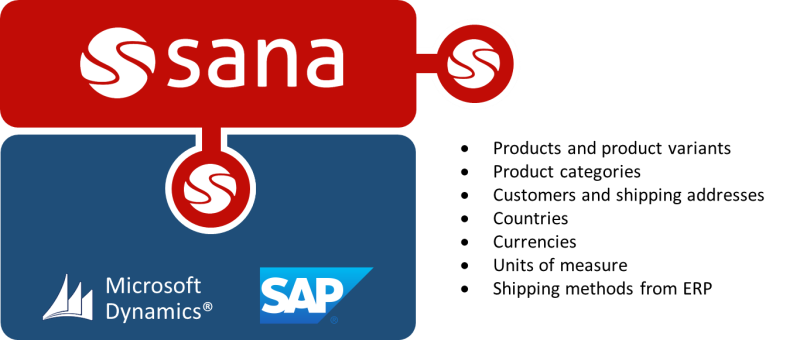Master Data Management
Webstore performance is extremely important for your business. A slow webstore means fewer customers and less happy customers and thus lost revenue. Different factors can have influence on webstore performance, like size and complexity of the catalog, number of visitors per day, number of simultaneous orders, search queries, hardware, and it is not so easy to make a precise estimation of what should be taken into account when we are thinking about performance. What about large businesses that have thousands or even tens of thousands of products and customers in their ERP system, and thus need to handle high traffic volume? That's why we are constantly improving performance of our webstore.
As Sana Commerce Cloud is the ERP integrated e-commerce solution, it uses a single source of data - your ERP system. So, all product, customer, and order data is stored and managed in the ERP system. Once the product and customer data is ready, a significant part of it will not be changed for a long period. The data that does not tend to change frequently is now available in the Sana Commerce Cloud database, improving access speed and availability of this data. If some data changes frequently, Sana Commerce Cloud takes care of instant updates, so customers won't notice the difference. This excludes the necessity of a big amount of requests to the ERP system.
The following data might not change frequently and is now stored in the Sana's database:
- Products and product variants
- Product categories
- Customers and their shipping addresses
- Countries
- Currencies
- Units of measure
- Shipping methods from ERP
Though, this data is now stored in the Sana Commerce Cloud database, it can be still easily updated if needed. By updating the product or customer index, manually or automatically according to a schedule, any changes made to the above mentioned data in your ERP system will immediately become visible on your webstore.
The key point is that the core data which may frequently change, like product prices, stock, and orders, is still coming directly and in real-time from the ERP system.
